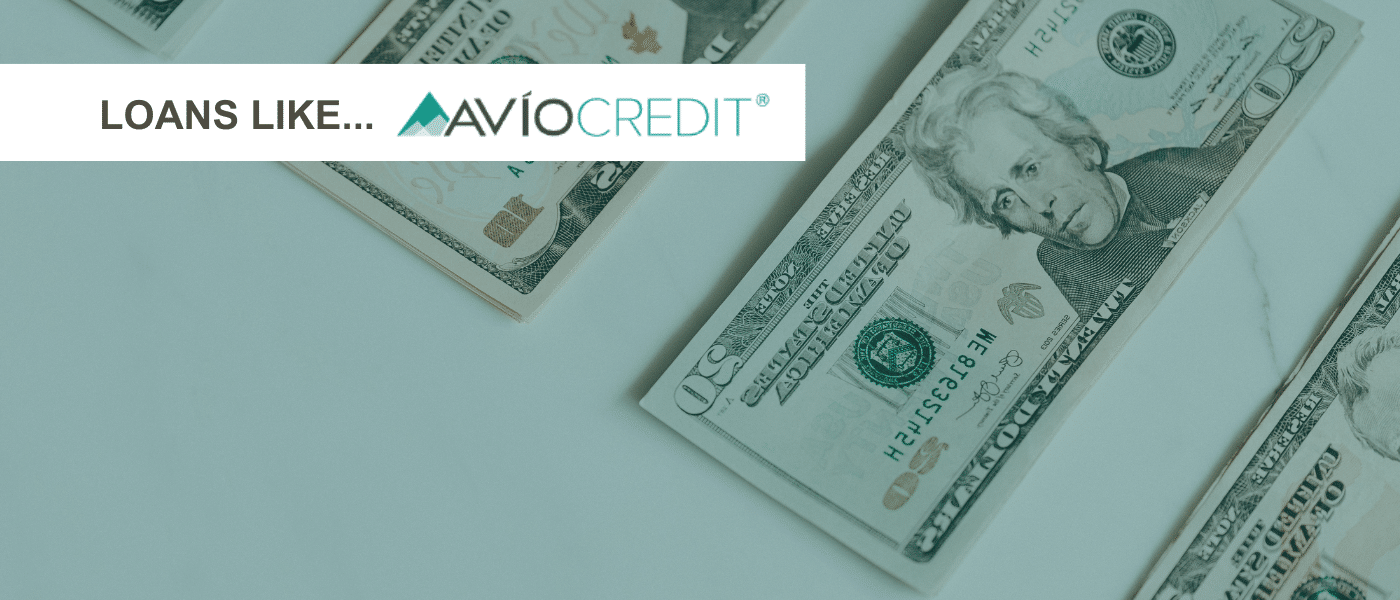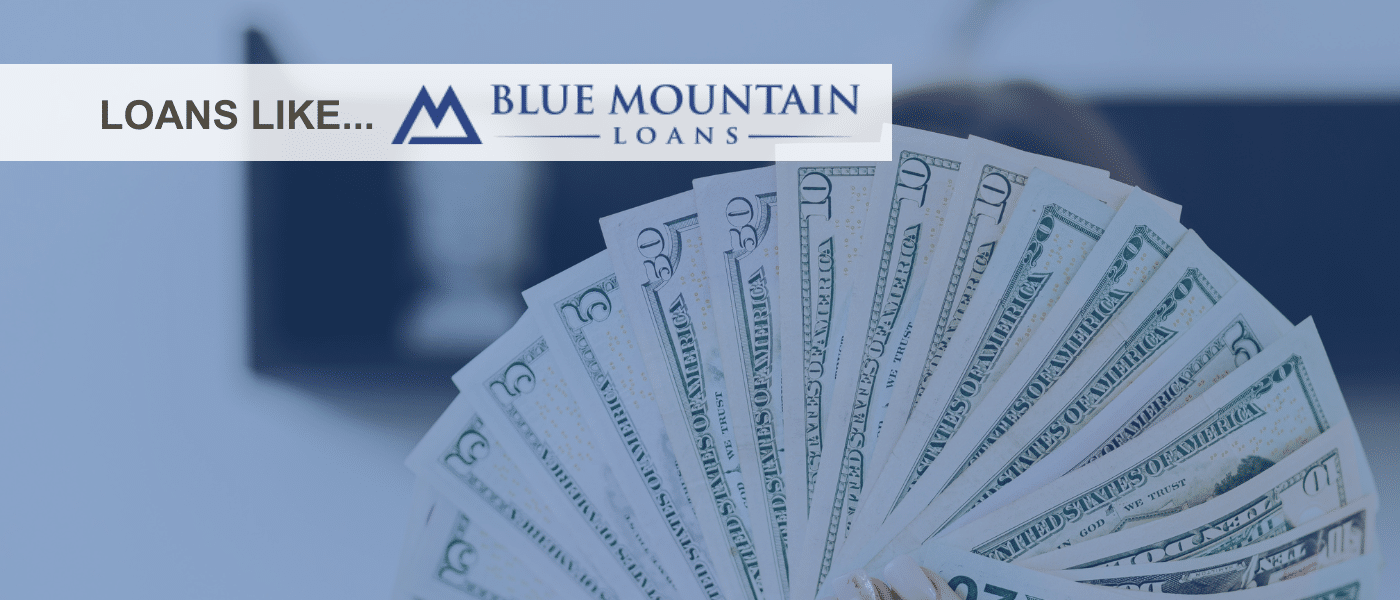It’s crucial for consumers who use credit cards to increase their financial literacy. Knowing how a credit limit can impact credit scores can help you build good credit. The average FICO score is 714, but you could surpass it!1
If you are new to credit cards, you may wonder, “What is credit utilization?” Learn what credit utilization is and how you can obtain a good credit utilization ratio!
What Is Credit Utilization and Why Is It Important?
Credit utilization is the difference between how much available credit a consumer has compared to their credit limits. Revolving credit borrowers can and should use credit cards, but maxing out your credit card accounts can have negative repercussions on your finances and credit scores.
Most credit scores are affected by your credit utilization ratio. Using a majority of your credit limits will result in a high credit utilization ratio, which will negatively affect your credit score and qualification for loans. However, maintaining a low credit utilization rate can help you obtain an excellent credit score.
Many financial institutions use FICO scores, which are calculated using these five factors:
- Payment History – 35%
- Amounts Owed – 30%
- Length of Credit History – 15%
- New Credit Inquiries – 10%
- Credit Mix – 10%
As you can see, credit card usage affects your FICO score by 30%. Paying down your credit card debt should be a top priority if you want to improve a bad credit score.
How Much of My Credit Limit Should I Use?
Now that you know using your credit limit can directly affect your credit rating, you may wonder how much money you can spend.
Many financial experts advise credit card users to avoid using more than 30% of their total available credit. Using more than 30% of your combined credit limits can decrease your credit score and make it harder for you to qualify for emergency funding.
An agent will analyze your credit report when you apply for funding with a lender or credit card issuer. Your current financial accounts and your total credit card debt will be visible. Carrying too much credit card debt signifies to a lender that you have trouble managing your finances. Consumers deemed to be a high credit risk will have difficulty getting approval or affordable loan terms.
However, individuals with low outstanding balances typically receive the best unsecured loans and interest rates!
How To Calculate Your Credit Utilization Ratio
A low credit utilization ratio is the key to getting a healthy credit rating. But how can credit card users check their credit utilization ratios?
To calculate your credit utilization rate, follow these steps:
| Step | Description |
| Step 1 | Identify Your Credit Card Balances — Find out the current balance on each of your credit cards. |
| Step 2 | Determine Your Available Credit — Check the credit limit for each of your credit cards. |
| Step 3 | Calculate Individual Utilization — Divide the balance of each card by its credit limit and multiply by 100. |
| Step 4 | Calculate Overall Utilization — Add up all your balances and divide by the sum of all your credit limits. Multiply by 100. |
| Step 5 | Interpret Your Ratio — A credit utilization ratio below 30% is generally considered good. A low credit utilization ratio is better for your credit scores. |
| Step 6 | Monitor Regularly — Keep an eye on your credit utilization rate to ensure it stays low. Update your calculations whenever there are changes to your balances or limits. |
Suppose you want to improve a bad credit score. In that case, it’s imperative that you focus on paying off your outstanding debt to get a low credit utilization rate. The less debt you have, the more money you can keep in your pocket!
Can I Increase My Total Credit Limit?
A credit limit increase can lower a borrower’s credit utilization ratio and improve their credit! Credit card companies tend to offer limit increases at least once a month if the borrower displays good financial habits. If you have been using your card for a few months and have not received an increase, you can take the initiative and ask for a higher spending limit.
To raise your current credit limit, you can call customer service and directly ask for a credit line increase. The customer service agent will pull up your account information, and they may ask you for additional details. You will either get a credit limit increase or a polite “No.”
You stand a good chance of getting a higher credit limit if you meet one of the following criteria:
Your Income Has Increased
When your recurring income increases, many credit card issuers are willing to increase your available credit. Earning more money means you are able to make costlier purchases and still make reliable monthly payments.
When you speak to a customer service agent, inform them that you need to update your income information. Even if you do not receive an increase now, your credit card issuer may provide one later.
Your Credit Score Has Improved
If your credit score has improved since you applied for credit, you stand a good chance of getting a limit increase! Obtaining a higher credit score shows that you have control over your spending habits and a history of making good financial decisions.
If your score went up by a lot of points, consider also asking about upgrading to a rewards card. A rewards card offers one or more of these perks for every dollar you spend:
- Cashback
- Points
- Travel miles
Your Payment History Is Reliable
Paying all your installment loans and revolving accounts on time can help you get a better credit score and higher credit limit! Payment history is typically the most critical factor for credit score calculation since lenders need assurance of repayment. When lenders report to credit reporting agencies about your reliable monthly payments, you can expect a boost to your credit scores! Use your excellent payment history as leverage to get more spending money.
Additional Ways To Keep Your Credit Utilization Low
If a creditor does not give you a credit limit increase, do not worry! There are alternative methods to keep your credit utilization ratio low. Learn how to control your finances better and improve your credit score below.
Pay off Purchases Immediately
If you want to decrease your utilization ratio, then it’s essential that you stop increasing your current balance. You should reconsider the transaction if you cannot afford the purchase right now without installments. So, what happens if you want to use your card for rewards?
Credit card rewards can help you get extra money for spending, so it’s worth using your card to make purchases. However, staying on top of your bills can prevent high credit utilization. Swipe your credit card and then pay off your purchase before the end of the billing cycle!
Carrying a balance means paying interest charges and increasing your credit utilization. But by using your credit card and paying purchases immediately, you can get rewards and lower your overall credit utilization ratio!
Make Multiple Monthly Payments
If you have money left over after your monthly bills are paid, consider making an additional payment! Most creditors do not limit the number of payments you can make in a month. Making more than one monthly payment can help you speed up the repayment date of your card and help you avoid costly interest fees! Decreasing your credit card utilization may reflect positively on your credit rating.
Keep Credit Accounts Open
Closing a credit card account may seem like a great choice when you’re trying to improve your credit score. Still, it can actually cause a negative effect. When you close a credit account, you decrease your total credit limit and raise your credit utilization rate.
Once you have paid off a card, it’s best to leave it alone! You do not have to use your credit accounts once you finish paying off your current balance. However, keep in mind that financial companies may close your account without notice if you don’t use the account for a prolonged period. Contact your creditor to ask about account closures.
FAQs on Credit Utilization Rates
You might wonder how frequently your credit utilization ratio gets updated. Generally, credit bureaus update your credit utilization once a month when they receive data from your creditors. Keeping an eye on these updates can help you manage your credit scores better.
While credit utilization is a significant factor in most credit scoring models, not all models weigh it the same. Some newer models may consider your payment history more heavily. It’s good to know which credit scoring model your lender uses.
A low credit utilization ratio is generally good for your credit scores, but zero utilization could make lenders wonder if you’re using your revolving credit accounts at all. A small amount of activity can be beneficial.
If you need to lower your credit utilization ratio fast, consider making multiple payments throughout the month. This strategy can help you maintain a good credit utilization ratio by reducing your balance before it gets reported to the credit bureaus.
Both actually! Credit reporting agencies look at the credit utilization ratio for each of your revolving credit accounts as well as your total utilization across all accounts. So, it’s important to calculate your credit utilization ratio for each card and overall.
Closing a credit account reduces your available credit, which can increase your credit utilization ratio. This is something to consider carefully, especially if you’re planning to apply for a personal loan or line of credit soon.
Generally, business cards don’t affect your personal credit scores unless you default on payments. However, it’s good to check the terms of your business card to see if activity gets reported to the major credit reporting agencies.
Takeaway Thoughts From CreditNinja on Revolving Credit Accounts
Your credit utilization ratio can directly affect your credit scores and eligibility for loans. The best way to maintain good credit is to avoid using more than 30% of your available credit.2
At CreditNinja, we believe that everyone deserves free access to financial resources. Check out our online blog to learn the pros and cons of secured loans, how long banks can restrict your account, and other popular finance topics!
References:







